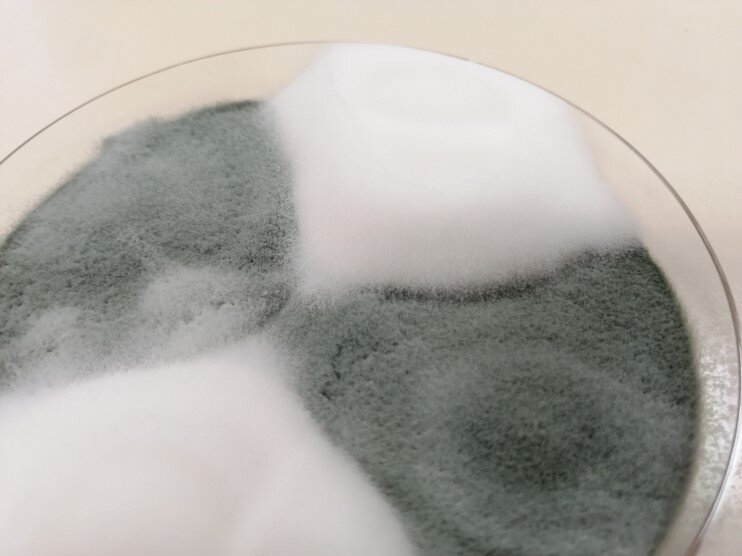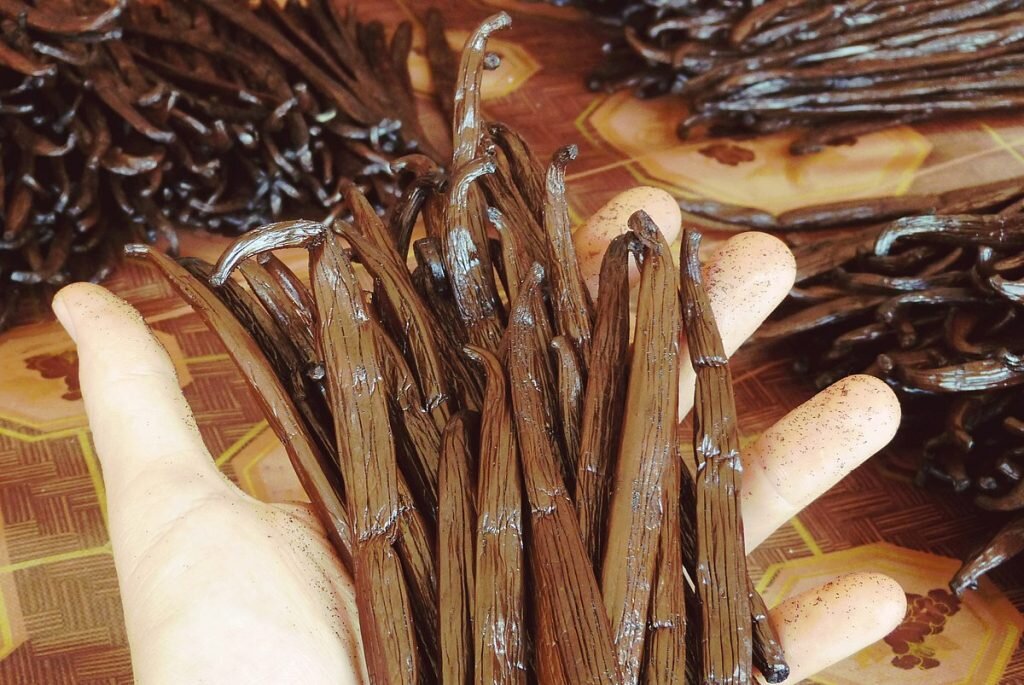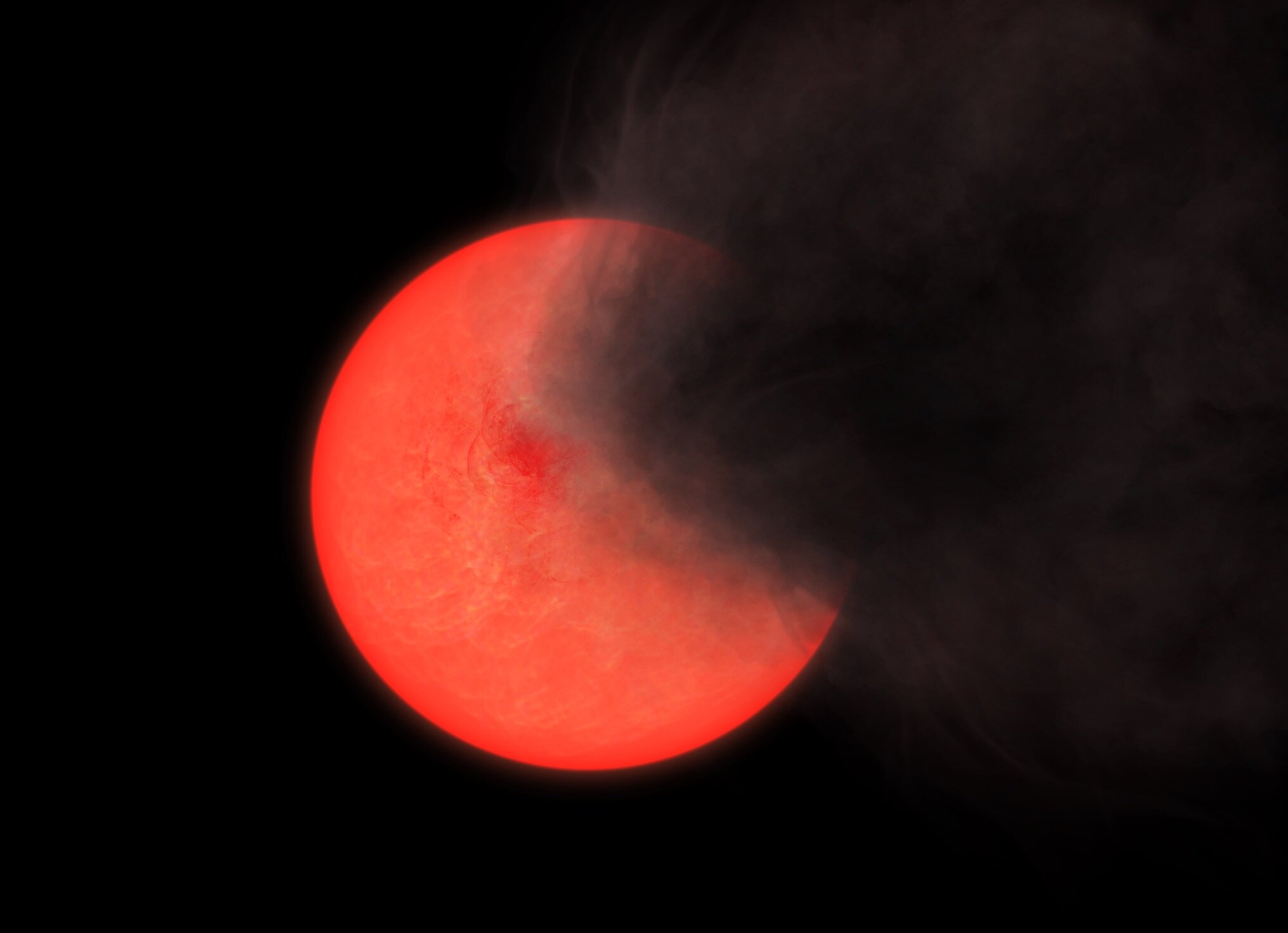#a history of domestication on cheese

“#a history of domestication on cheese”

The white, fluffy layer that covers Camembert is made of a mold resulting from human selection, similar to the way dogs were domesticated from wolves. A collaboration involving French scientists from the CNRS has shown, through genomic analyses and laboratory experiments, that the mold Penicillium camemberti is the result of a domestication process that took place in several stages.
According to their work, a first domestication event resulted in the blue-green mold P. biforme, which is used, for example, for making fresh goat’s cheese.
A second, more recent domestication event resulted in the white and fluffy P. camemberti.
Both domesticated species show advantageous characteristics for maturing cheese compared to the wild, closely related species: they are whiter and grow faster in cheese-ripening cellar conditions.
In addition, they do not produce, or only in very small quantities, a toxin that is potentially dangerous to humans; they also prevent the proliferation of undesirable molds.
This research, published on 24th September in Current Biology, may have an impact on cheese production, by steering the selection of molds according to the desired characteristics.
Taming the wild cheese fungus
Current Biology (2020). DOI: 10.1016/j.cub.2020.08.082
Citation:
Penicillium camemberti: a history of domestication on cheese (2020, September 24)
retrieved 24 September 2020
from https://phys.org/news/2020-09-penicillium-camemberti-history-domestication-cheese.html
This document is subject to copyright. Apart from any fair dealing for the purpose of private study or research, no
part may be reproduced without the written permission. The content is provided for information purposes only.
For forums sites go to Forum.BuradaBiliyorum.Com
If you want to read more Like this articles, you can visit our Science category.


